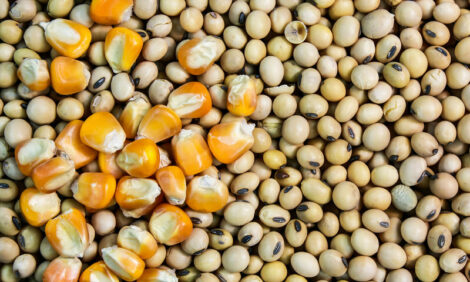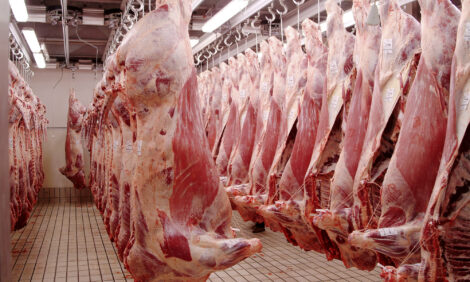



High-tech camera helps protect sows and piglets
Agricultural Research Service (ARS) scientists and collaborators are using 3-D imaging to protect newborn piglets by monitoring adult female pigs' behaviour.Nearly 15 percent of pre-weaned piglets die each year. According to US pork producers, many are crushed by sows (adult female pigs). Modifying the sows' stalls or crates may help reduce piglet deaths. The first step, according to ARS agricultural engineer Tami Brown-Brandl, is to evaluate sow and piglet behaviour in their stalls. Animal behaviour contains vital clues about health and well-being that producers can use to better manage their livestock.
Brown-Brandl and a team of scientists from China, Iowa Select Farms and Iowa State University developed a system to automatically process and analyse 3-D images of sows. A camera mounted over birthing crates captures images to determine a sow's behaviour and posture: if she's eating, drinking, standing, sitting, or lying down.
The system, which accurately classifies behaviour, could potentially help prevent sows from crushing their piglets, according to Brown-Brandl, who works at ARS's Roman L. Hruska US Meat Animal Research Center in Clay Center, Nebraska.
This technology allows swine producers to better monitor their pigs and determine whether management adjustments, such as changes in crate size or pen arrangement, are needed, Brown-Brandl adds. The data could also help producers locate sick animals more quickly.
To read the full article and to learn more about detailed monitoring of livestock, click here
Report and image: USDA









